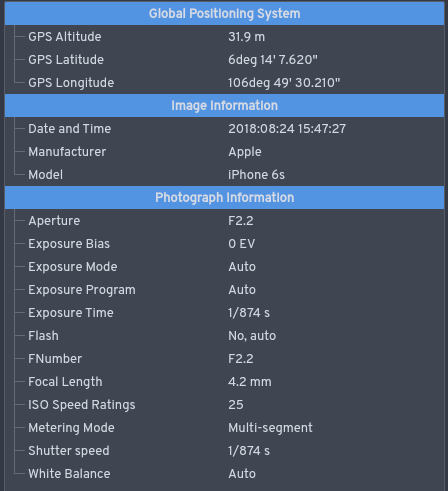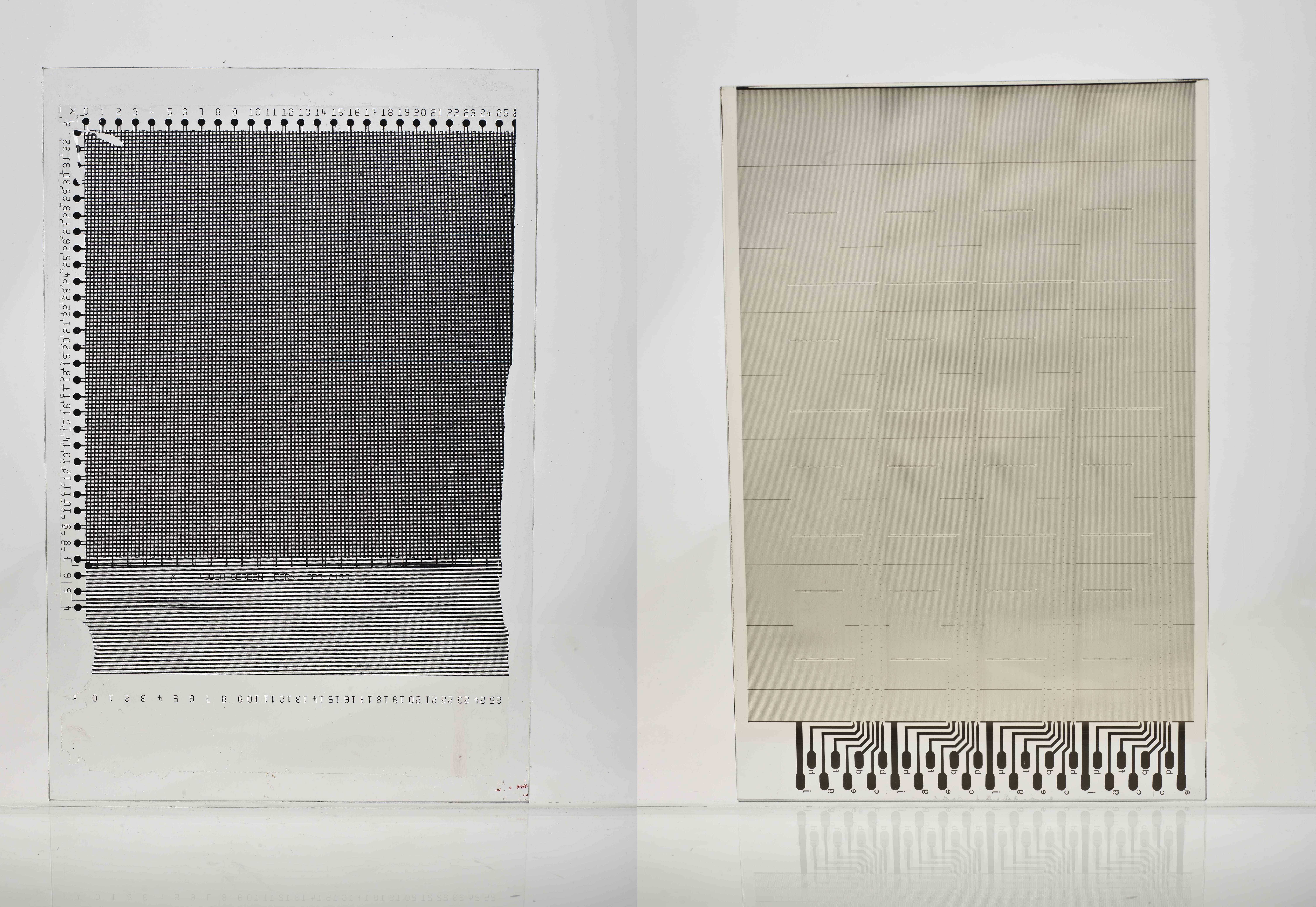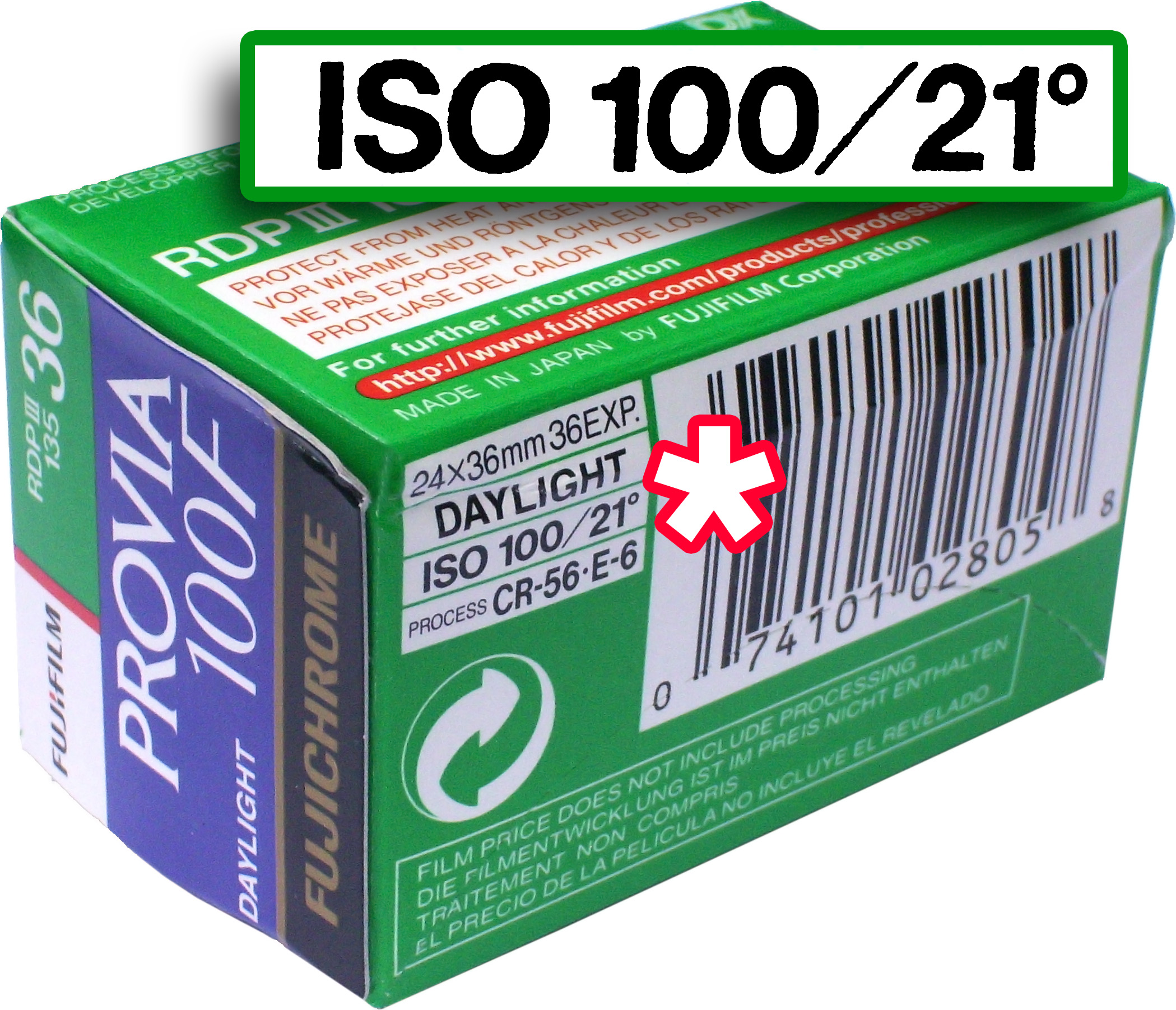|
Canon PowerShot S120
Designed as the successor to the Canon PowerShot S110 in the S series of cameras, the Canon PowerShot S120 is a high-end 12.1-megapixel compact digital camera with 0.3 -stops wider aperture, 0.7 bits more color depth, improved continuous shooting speeds, resolved Wi-Fi sharing functionality, 60 HD video recording, lower noise at higher ISO, better sensor, and same DIGIC6 as current G series model for greater image quality. It was announced by Canon on August 22, 2013. Features * 12.1 megapixels * JPEG (Exif 2.3) support * Raw image file format; one of few "point and shoot" cameras to have raw formatting. (Note: Raw format is not available in Auto, Low Light, and SCN modes. Raw is available in Program, (shutter priority), (aperture priority), Manual, and Custom modes) * ISO sensitivity 80–12800 (in ⅓-step increments) and auto (up to ISO 1600). * Full manual control * Customizable Control Ring to control ISO, shutter speed, aperture, focus, or exposure compensation * Five p ... [...More Info...] [...Related Items...] OR: [Wikipedia] [Google] [Baidu] |
Digital Camera
A digital camera is a camera that captures photographs in digital memory. Most cameras produced today are digital, largely replacing those that capture images on photographic film. Digital cameras are now widely incorporated into mobile devices like smartphones with the same or more capabilities and features of dedicated cameras (which are still available). High-end, high-definition dedicated cameras are still commonly used by professionals and those who desire to take higher-quality photographs. Digital and digital movie cameras share an optical system, typically using a lens with a variable diaphragm to focus light onto an image pickup device. The diaphragm and shutter admit a controlled amount of light to the image, just as with film, but the image pickup device is electronic rather than chemical. However, unlike film cameras, digital cameras can display images on a screen immediately after being recorded, and store and delete images from memory. Many digital cameras can ... [...More Info...] [...Related Items...] OR: [Wikipedia] [Google] [Baidu] |
Exchangeable Image File Format
Exchangeable image file format (officially Exif, according to JEIDA/JEITA/CIPA specifications) is a standard that specifies formats for images, sound, and ancillary tags used by digital cameras (including smartphones), scanners and other systems handling image and sound files recorded by digital cameras. The specification uses the following existing encoding formats with the addition of specific metadata tags: JPEG lossy coding for compressed image files, TIFF Rev. 6.0 ( RGB or YCbCr) for uncompressed image files, and RIFF WAV for audio files (linear PCM or ITU-T G.711 μ-law PCM for uncompressed audio data, and IMA-ADPCM for compressed audio data). It does not support JPEG 2000 or GIF encoded images. This standard consists of the Exif image file specification and the Exif audio file specification. Background Exif is supported by almost all camera manufacturers. The metadata tags defined in the Exif standard cover a broad spectrum: * Camera settings: This includes static ... [...More Info...] [...Related Items...] OR: [Wikipedia] [Google] [Baidu] |
Canon PowerShot G9 X
The Canon PowerShot G9 X is a digital compact camera announced by Canon Inc. on October 13, 2015. The G9 X replaces the older Canon PowerShot S120 compact camera. With a reduced zoom range and larger sensor, the camera was the smallest and lightest compact camera since the Canon PowerShot G7 X The Canon PowerShot G7 X is a compact digital Digital camera, camera announced by Canon Inc. on September 15, 2014. It did not replace any model in the Canon lineup. Instead it was a new camera intended to compete with the Sony Cyber-shot DSC-RX10 .... In January 2017 Canon announced the upcoming release of the PowerShot G9 X Mark II. References G9 X Canon PowerShot G9 X Point-and-shoot cameras {{camera-stub ... [...More Info...] [...Related Items...] OR: [Wikipedia] [Google] [Baidu] |
DIGIC
Digital Imaging Integrated Circuit (often styled as "DiG!C") is Canon Inc.'s name for a family of signal processing and control units for digital cameras and camcorders. DIGIC units are used as image processors by Canon in its own digital imaging products. Several generations of DIGICs exist, and are distinguished by a version number suffix. Currently, DIGIC is implemented as an application-specific integrated circuit (ASIC) designed to perform high speed signal processing as well as the control operations in the product in which it has been incorporated. Over its numerous generations, DIGIC has evolved from a system involving a number of discrete integrated circuits to a single chip system, many of which are based around the ARM instruction set. Custom firmware for these units has been developed to add features to the cameras. DIGIC in Cameras Original DIGIC The original DIGIC was used on the PowerShot G3 (Sep 2002), Canon S1 IS (Mar 2004), A520 (Mar 2005), and other came ... [...More Info...] [...Related Items...] OR: [Wikipedia] [Google] [Baidu] |
Wi-Fi
Wi-Fi () is a family of wireless network protocols, based on the IEEE 802.11 family of standards, which are commonly used for local area networking of devices and Internet access, allowing nearby digital devices to exchange data by radio waves. These are the most widely used computer networks in the world, used globally in home and small office networks to link desktop and laptop computers, tablet computers, smartphones, smart TVs, printers, and smart speakers together and to a wireless router to connect them to the Internet, and in wireless access points in public places like coffee shops, hotels, libraries and airports to provide visitors with Internet access for their mobile devices. ''Wi-Fi'' is a trademark of the non-profit Wi-Fi Alliance, which restricts the use of the term ''Wi-Fi Certified'' to products that successfully complete interoperability certification testing. the Wi-Fi Alliance consisted of more than 800 companies from around the world. over 3.05 billion ... [...More Info...] [...Related Items...] OR: [Wikipedia] [Google] [Baidu] |
Capacitive Touchscreen
A touchscreen or touch screen is the assembly of both an input ('touch panel') and output ('display') device. The touch panel is normally layered on the top of an electronic visual display of an information processing system. The display is often an LCD, AMOLED or OLED display while the system is usually used in a laptop, tablet, or smartphone. A user can give input or control the information processing system through simple or multi-touch gestures by touching the screen with a special stylus or one or more fingers. Some touchscreens use ordinary or specially coated gloves to work while others may only work using a special stylus or pen. The user can use the touchscreen to react to what is displayed and, if the software allows, to control how it is displayed; for example, zooming to increase the text size. The touchscreen enables the user to interact directly with what is displayed, rather than using a mouse, touchpad, or other such devices (other than a stylus, which is opt ... [...More Info...] [...Related Items...] OR: [Wikipedia] [Google] [Baidu] |
Multi-touch
In computing, multi-touch is technology that enables a surface (a touchpad or touchscreen) to recognize the presence of more than one somatosensory system, point of contact with the surface at the same time. The origins of multitouch began at CERN, MIT, University of Toronto, Carnegie Mellon University and Bell Labs in the 1970s. CERN started using multi-touch screens as early as 1976 for the controls of the Super Proton Synchrotron. Capacitive multi-touch displays were popularized by Apple Inc., Apple's iPhone in 2007. Plural-point awareness may be used to implement additional functionality, such as pinch to zoom or to activate certain subroutines attached to Gesture recognition, predefined gestures. Several uses of the term multi-touch resulted from the quick developments in this field, and many companies using the term to market older technology which is called ''gesture-enhanced single-touch'' or several other terms by other companies and researchers. Several other similar or ... [...More Info...] [...Related Items...] OR: [Wikipedia] [Google] [Baidu] |
Film Speed
Film speed is the measure of a photographic film's sensitivity to light, determined by sensitometry and measured on various numerical scales, the most recent being the ISO system. A closely related ISO system is used to describe the relationship between exposure and output image lightness in digital cameras. Relatively insensitive film, with a correspondingly lower speed index, requires more exposure to light to produce the same image density as a more sensitive film, and is thus commonly termed a ''slow film''. Highly sensitive films are correspondingly termed ''fast films''. In both digital and film photography, the reduction of exposure corresponding to use of higher sensitivities generally leads to reduced image quality (via coarser film grain or higher image noise of other types). In short, the higher the sensitivity, the grainier the image will be. Ultimately sensitivity is limited by the quantum efficiency of the film or sensor. Film speed measurement systems His ... [...More Info...] [...Related Items...] OR: [Wikipedia] [Google] [Baidu] |
Raw Image Format
A camera raw image file contains unprocessed or minimally processed data from the image sensor of either a digital camera, a motion picture film scanner, or other image scanner. Raw files are named so because they are not yet processed and therefore are not ready to be Photographic printing, printed, viewed or edited with a bitmap graphics editor. Normally, the image is processed by a raw converter in a wide-gamut internal color space where precise adjustments can be made before file format conversion, conversion to a viewable file format such as JPEG or PNG for storage, printing, or further manipulation. There are dozens of raw formats in use by different manufacturers of digital image capture equipment. Rationale Raw image files are sometimes incorrectly described as "digital Negative (photography), negatives", but neither are they negatives nor do the unprocessed files constitute visible images. Rather, the Raw datasets are more like Exposure (photography), exposed but Lat ... [...More Info...] [...Related Items...] OR: [Wikipedia] [Google] [Baidu] |
JPEG
JPEG ( ) is a commonly used method of lossy compression for digital images, particularly for those images produced by digital photography. The degree of compression can be adjusted, allowing a selectable tradeoff between storage size and image quality. JPEG typically achieves 10:1 compression with little perceptible loss in image quality. Since its introduction in 1992, JPEG has been the most widely used image compression standard in the world, and the most widely used digital image format, with several billion JPEG images produced every day as of 2015. The term "JPEG" is an acronym for the Joint Photographic Experts Group, which created the standard in 1992. JPEG was largely responsible for the proliferation of digital images and digital photos across the Internet, and later social media. JPEG compression is used in a number of image file formats. JPEG/Exif is the most common image format used by digital cameras and other photographic image capture devices; along with JPEG ... [...More Info...] [...Related Items...] OR: [Wikipedia] [Google] [Baidu] |
Image Sensor Format
In digital photography, the image sensor format is the shape and size of the image sensor. The image sensor format of a digital camera determines the angle of view of a particular lens when used with a particular sensor. Because the image sensors in many digital cameras are smaller than the 24 mm × 36 mm image area of full-frame 35 mm cameras, a lens of a given focal length gives a narrower field of view in such cameras. Sensor size is often expressed as optical format in inches. Other measures are also used; see table of sensor formats and sizes below. Lenses produced for 35 mm film cameras may mount well on the digital bodies, but the larger image circle of the 35 mm system lens allows unwanted light into the camera body, and the smaller size of the image sensor compared to 35 mm film format results in cropping of the image. This latter effect is known as field-of-view crop. The format size ratio (relative to the 35 mm film format) is k ... [...More Info...] [...Related Items...] OR: [Wikipedia] [Google] [Baidu] |
Megapixel
In digital imaging, a pixel (abbreviated px), pel, or picture element is the smallest addressable element in a raster image, or the smallest point in an all points addressable display device. In most digital display devices, pixels are the smallest element that can be manipulated through software. Each pixel is a sample of an original image; more samples typically provide more accurate representations of the original. The intensity of each pixel is variable. In color imaging systems, a color is typically represented by three or four component intensities such as red, green, and blue, or cyan, magenta, yellow, and black. In some contexts (such as descriptions of camera sensors), ''pixel'' refers to a single scalar element of a multi-component representation (called a ''photosite'' in the camera sensor context, although ''sensel'' is sometimes used), while in yet other contexts (like MRI) it may refer to a set of component intensities for a spatial position. Etymology The w ... [...More Info...] [...Related Items...] OR: [Wikipedia] [Google] [Baidu] |







